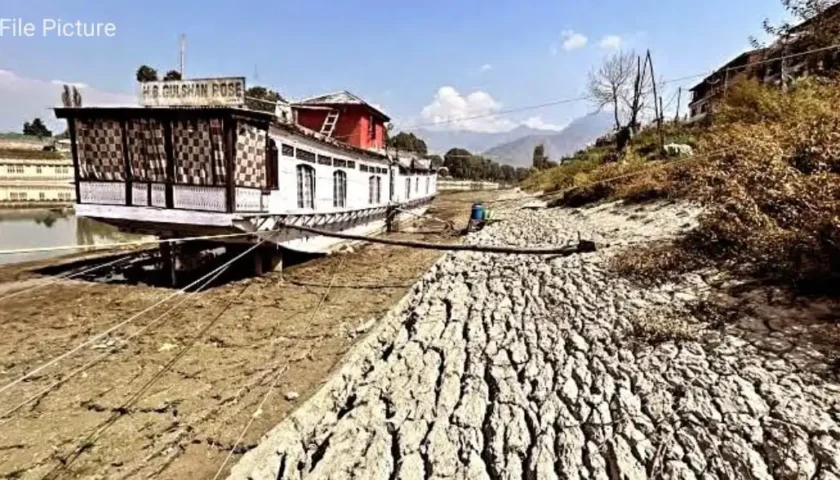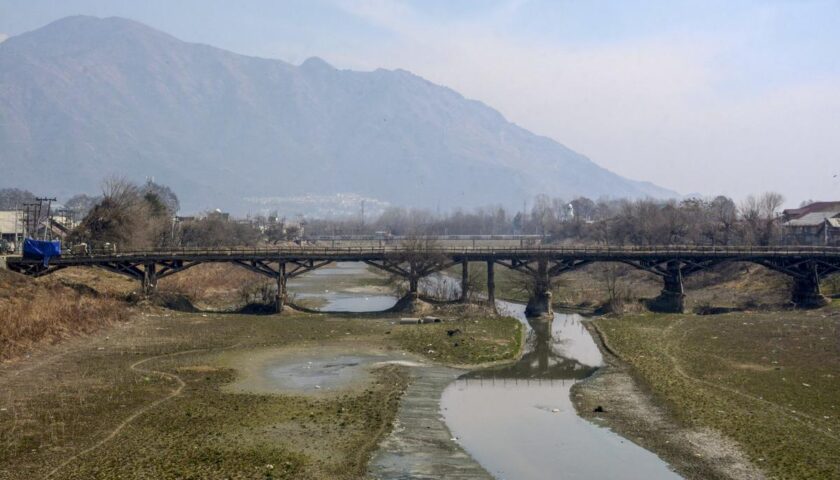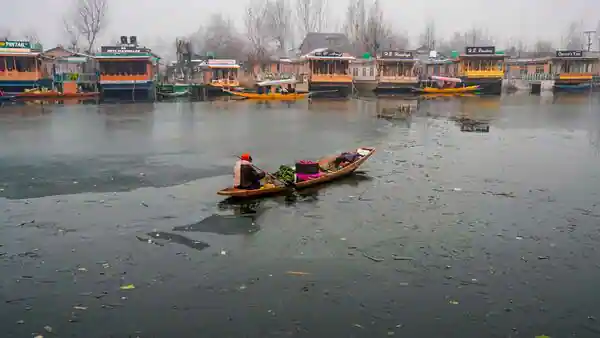Smog has been slowly engulfing the state and in all likelihood, the condition will get worse in the coming days due to dry weather.
The current haze is due to suspended particles in air which can only get cleared with Western Disturbances (WB) which bring rain, snow and winds from Indo-Gangetic plains. As per the meteorology department, J&K is likely to witness rain or snow on November 14-15 and till then, the air quality is likely to deteriorate.
Every year during autumn, the burning of agriculture waste and fossil fuel pollution creates a deadly mixture of suspended particles and fog, affecting the northern part of India and Pakistan and parts of Afghanistan.
“There is no wind and we have not received rain for weeks, which has aggravated the problems. Pollutants in the form of suspended particles trapped in air create conditions which have now become a regular part of life. Apart from agricultural waste, the burning of fossil fuel leaves a negative impact on environment,” said Sonum Lotus, Director, Indian Meteorological Department (IMD) based in Srinagar.
The term particulate matter includes organic and inorganic matter, Nitrogen compounds, Sulphur compounds, hydrocarbons and several heavy metals which affect the air quality.
“The use of combine harvesting technologies by farmers has become a major reason why farmers burn large quantities of straw left behind by modern machines. Jammu gets affected by smog from Punjab and its own pollutants,” said Dr MK Khushu, former Chief Scientist at the Sher-e-Kashmir University of Agriculture Science and Technology, Jammu.
The Valley, due to its peculiar geological shape and the fact that it is surrounded by greater Himalayas in north and Pir Panjal ranges in South, is divided from the plains of the Indian sub-continent. The air quality in Kashmir, therefore, gets worse mainly due to local sources of pollutants.
Head of Department (HoD), Earth Sciences, Kashmir University (KU), Dr Shakil Ahmad Romshoo said the current prolonged dry spell, cold temperature and elevated level of emissions from biomass burning has covered the Valley, particularly Srinagar, with a blanket of smog.
“The visibility is quite low at the moment, not more than 2 km, which might affect the air traffic in coming days while its effect on health is quite devastating. This is not just a temporary situation but a worrisome long-term trend due to pollution and affects the fragile environment, especially glaciers,” Prof Romshoo said.
Fog to thicken in coming days across state




